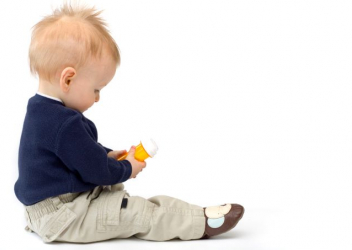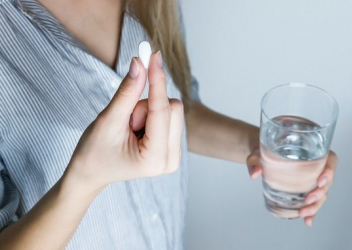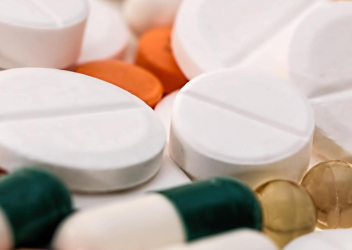Research In Action
Research In Action
Breadcrumb

I recently learned about an interesting initiative through CHOP's Poison Control Center (PCC) to promote safe disposal of opioid medications. The PCC recently received a grant to purchase 500 packets of DisposeRX®, a powder that deactivates medication by turning pills into gel and to collaborate with local chain pharmacies to distribute these packets to patients. Surveys to learn more about patient behaviors and preferences regarding safe medication disposal will also be distributed each time an opioid prescription is filled.
This initiative is part of the Comprehensive Opioid Response and Education Program (CORE), a program through the PCC dedicated to preventing opioid-related injury and death in the hospital, home and community. To learn more, I reached out to Lauren Longo, MSPH, a public relations and health education specialist with PCC.
Can you describe how the opioid epidemic impacts children of all ages, from toddlerhood through adolescence?
Longo: Children are impacted by the opioid epidemic in a variety of ways. We think of the babies who are born with the effects of neonatal abstinence syndrome, when babies are exposed to certain substances or medicines in the uterus before birth. Toddlers and young children can be harmed by exploratory ingestions when they find opioids in their environment. Adolescents and teens sometimes experiment with opioids for misuse or self-harm. In these scenarios, the Pennsylvania Youth Study (PAYS) tells us that they most commonly find them in their own home or in someone else’s home. Adult opioid and substance use disorders are also a leading reason as to why children of all ages enter the foster care system.
How did the idea of safe disposal using the DisposeRx come about?
Longo: Our Poison Control Center at CHOP receives calls about each scenario described above, some of which could be prevented by the safe storage and disposal of opioids. Safe medicine disposal is particularly important to us if a medicine is no longer needed. There is no such thing as a “child-proof” container, so keeping unnecessary medicines in the house is a risk that should be managed.
While Drug Take Back Days and Take Back programs are the “gold standard” for safe medicine disposal, we know they are not always practical. Many people do not know that there are safe ways to dispose of medicine at home. Using a DisposeRX® packet is one safe and particularly easy way to get rid of medicine.
We believe that giving away a convenient method for disposing of medicine at the time it is dispensed would lead to more people deciding to dispose of their opioid prescription once they no longer need it.
Can you describe the goals of each of CORE’s three task forces?
Longo: The CORE Program, led by Jeanette Trella PharmD, BCPPS, aims to prevent opioid-related morbidity and mortality among CHOP’s patients, families, and community by way of three task forces:
- The Pain Assessment and Management Task Force’s goal is to translate evidence-based pain assessment and management research into hospital best-practice.
- The Substance Use Disorder Task Force, led by Krishna White, MD, MPH (Adolescent Medicine) and Terri L. Randall, MD (Psychiatry), aims to optimize the recondition and treatment of opioid and substance use disorders at CHOP.
- The Community Education Task Force aspires to create safer homes and to support communities by way of public health education and programming.
Click here to contact the PCC if you are interested in learning more about the CORE Program at CHOP.






